Editorials
Mean Ghouls: When Does Queer Horror Get To Sit At The Table?

The intersection of queerness and horror has been fervently dissected these last few years, and now the junction feels more like dated gospel than innovative speculation. The “why’s” may range from otherness to villain empathy, but it is, without a doubt, a genre that resonates with us. Today, the horror genre remains a vehicle for queer filmmakers to share their stories through metaphor, subtext, or even having the Final Girls be trans women.
Horror has always been queer, but the rise of indie, queer horror is in full effect as LGBTQ+ directors like Alice Maio Mackay (So Vam, T Blockers) and Robbie Banfitch (The Outwaters) are getting just as much notoriety as an expensive “requel to the sequel” franchise installment. Yet despite ubiquitous queer appreciation for the genre, a significant faction of LGBTQ+ film festivals, particularly the ones that come to mind when you read “LGBTQ+ film festival” seems to maintain an antiquated view of the genre; that is, horror is still smut, sub-par art not to be taken seriously or considered for their elite programming. Across the 2022 programming for the top 3 LGBTQ+ film festivals in the country, a total of 3 horror features were showcased.
Note: I spoke with a handful of queer filmmakers for this article. To protect people’s identities and careers, their names have been removed.

Challenges for Queer Horror Filmmakers at LGBTQ+ Festivals
“I got a letter back from a [programmer] who said my film ‘was not a good representation of the queer community,” says a filmmaker, who submitted her “lesbian cannibal” film to a major queer festival on the west coast. She was invited by a friend in programming and a former mentor on the festival’s board. “It’s a genre film! It’s supposed to be scary, campy, and transgressive. But they didn’t get it. My film was too unsafe…for them.” What is a “good representation” of the queer community, and who gets to decide that? The mainstreaming of queer stories tends to circumvent the unappealing, often flawed, yet honest sides of queer existence for safe and palatable representation. These festivals champion diversity and inclusivity. Their mission statements claim to uplift unique, queer stories. But seemingly, only the stories they deem acceptable representation.
Horror Community Embraces Queer Filmmakers
Strangely enough, in a genre that often appeals to an incel or two, the horror community has carved out space for queer stories. Some of the most popular titles on Shudder are queer horror and genre fests that dedicate entire nights to LGBTQ+ content. “I made a queer horror short…I assumed it’d probably not do well in horror festivals, but to my surprise, [they] embraced it a lot,” said another queer filmmaker I spoke to. “And basically radio silence from queer fests, except one…they were the only queer festival we ever got into despite most of my festival budget going to queer fest submissions.”
The festival fees add up quickly; $30 here, $80 there, and before you know it, you’ve spent $500 applying to less than 10 festivals, which is a significant amount of money for an indie filmmaker. “Learned my lesson,” he tells me, “not going to spend on queer fest submissions when I have my next genre short.”
Gatekeeping and Public Ridicule in Queer Film Festivals
The bias queer festivals have against the genre has at times escalated beyond the simple rejection to outright public ridicule. It’s not enough to simply deny a horror movie from their lineup; programmers from elite queer festivals seem to have a vendetta against watching horror at all. All too common are the stories that after submitting projects and paying the festival fees, programmers seem to take liberties with degrading the work of queer horror filmmakers on social media platforms.

The Weaponization of Letterbox to Gatekeep
“Mostly middle school filmmaking,” was our first official review from a film school alumni working for an LGBTQ+ festival. We predicted Death Drop Gorgeous would be too DIY for many folks, but our excitement to share it with the world was quickly slashed down. The mistreatment didn’t end there, unfortunately. Four other programmers from major queer film festivals we applied to took to their Letterboxd accounts to let us know how much they despised the film. Of note: not once have we, as a filmmaking collective, experienced this with programmers of genre fests.
Shared Experiences of Queer Horror Filmmakers
This experience isn’t unique to us. Several other queer horror filmmakers I spoke with shared similar stories. “It seemed like they were going out of their way to be malicious,” one filmmaker, who had his horror movie degraded by a festival programmer, told me. “I didn’t pay an $80 submission fee to have some NYU alum write a scathing review on his Letterboxd account, you know?”
These festivals are the gatekeepers of what and how LGBTQ+ content reaches the masses. Not having the funds for marketing meant we reached out to publications about Death Drop Gorgeous, hoping to get the word out. One popular gay publication told us to get back to them if we got into a “big gay festival” despite having screened and won awards at other festivals at the time. As we’ve begun our submission period for our sophomore effort, Saint Drogo, not much has changed in the three years we’ve been away. We were solicited for a screener for the film, only for a programmer of that fest to take to, you guessed it, Letterboxd to rate it poorly.
A Rampant Regina George Syndrome

The Role of Programmers in Shaping Queer Narratives
As someone who has served on a jury for a film festival, in addition to volunteering as a programmer/screener for another, there is a degree of privacy that comes with this role. You have the privilege of viewing a film before anyone else, sometimes before it’s entirely complete. As a programmer, even if you do not like the movie, you still treat the project with respect, and do not take this responsibility as an opportunity to be the first to berate it. While a handful of underground queer festivals are committed to genre-bending, all-inclusive programming, they don’t get nearly enough recognition as the elite LGBTQ+ festivals of New York City, Los Angeles, or San Francisco.
I know what you’re thinking: “Gays being mean? Water is wet, Mike.” And to that, I say: why the fuck are we so resigned to cruelty being the standard? Horror has been, and even more so now, a vehicle in which queer filmmakers share their experiences. It is just as valid a medium as other genres of LGBTQ+ film and should be treated as such. By excluding horror, these festivals exclude significant portions of our community, silencing queer storytellers that have gravitated toward the genre to share their compelling truths. The suppression of queer art is already in full effect by conservative governments.
We cannot continue to segment our own with classist standards of what queer filmmaking “should” be or “should” look like. Also, this Regina George Syndrome these programmers act out doesn’t serve us; classism only further divides, and given the prevalence of very real horrors against the LGBTQ+ community, further internal alienation will only make us an easier target.
The Universal Appeal of Queer Horror Stories
There’s this movie about an aging drag queen and a black gay man both trying to combat ageism and racism within their community as they struggle to sustain income. Both are pushed to the fringes, treated as outcasts, and driven to take extreme measures to find security. I’m certain that the feeling of being an outsider is a universal experience for queer folks. This is the plot of Death Drop Gorgeous, sans horror elements. This is “middle school filmmaking,” unworthy of acceptance but free reign to ruin because we chose horror as a mode to entertain with our themes of otherness. It’s time elite queer festivals and classist programmers recognize that horror has depth under all its blood, and truly, where’s the fun in that plot without a little penis going through a meat grinder?

Editorials
Is ‘Scream 2’ Still the Worst of the Series?
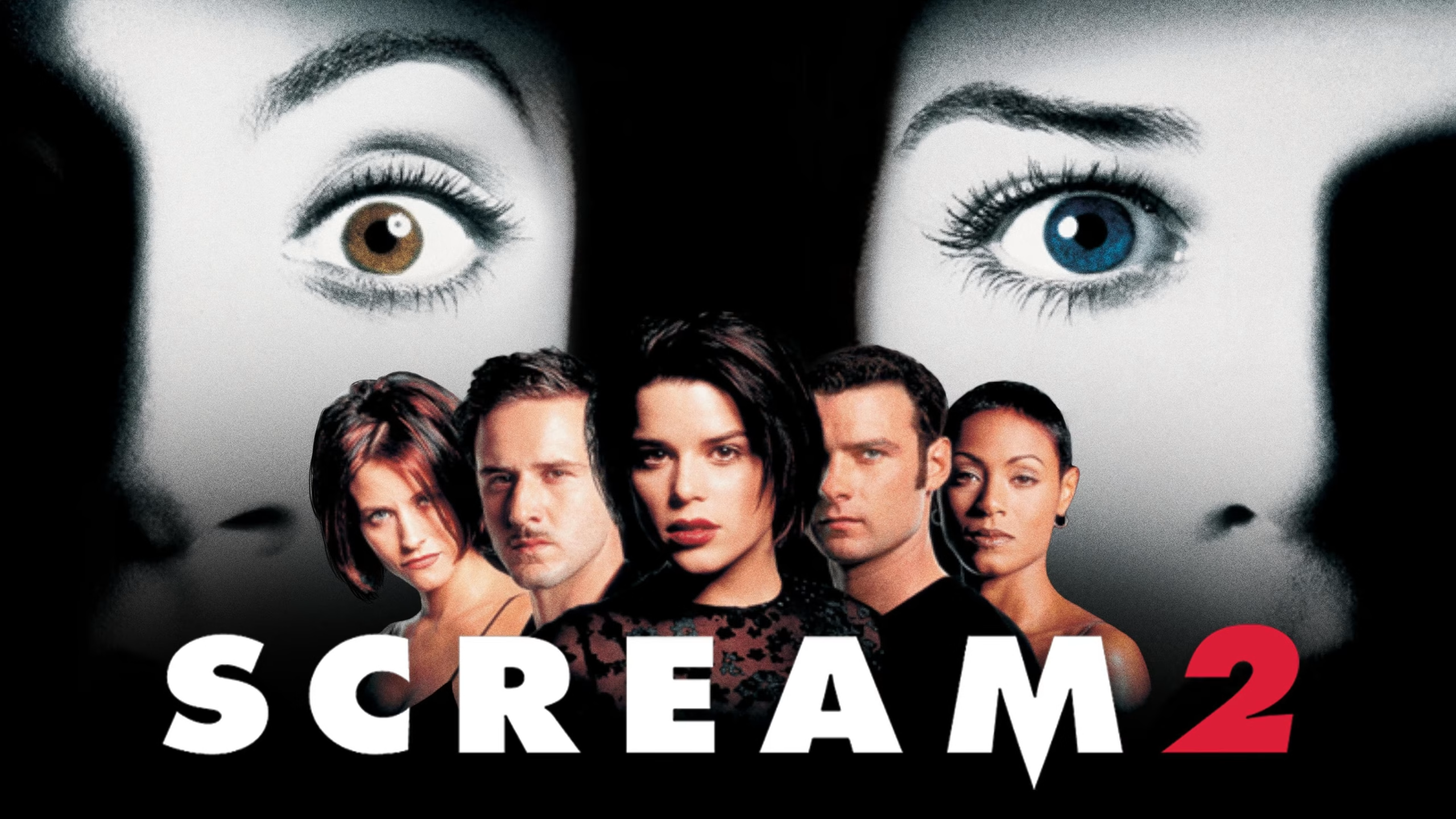
There are only so many times I can get away with burying the lede with an editorial headline before someone throws a rock at me. It may or may not be justified when they do. This article is not an attempt at ragebaiting Scream fans, I promise. Neither was my Scream 3 article, which I’m still completely right about.
I do firmly believe that Scream 2 is, at the very least, the last Scream film I’d want to watch. But what was initially just me complaining about a film that I disregard as the weakest entry in its series has since developed into trying to address what it does right. You’ve heard of the expression “jack of all trades, master of none”, and to me Scream 2 really was the jack of all trades of the franchise for the longest time.
It technically has everything a Scream movie needs. Its opening is great, but it’s not the best of them by a long shot. Its killers are unexpected, but not particularly interesting, feeling flat and one-dimensional compared to the others. It has kills, but only a few of them are particularly shocking or well executed. It pokes fun at the genre but doesn’t say anything particularly bold in terms of commentary. Having everything a Scream movie needs is the bare minimum to me.
But the question is, what does Scream 2 do best exactly? Finding that answer involves highlighting what each of the other sequels are great at, and trying to pick out what Scream 2 has that the others don’t.

Scream 3 Is the Big Finale That Utilizes Its Setting Perfectly
Scream as a series handily dodges the trap most horror franchises fall into: rehashing and retreading the same territory over and over. That’s because every one of its films are in essence trying to do something a little different and a little bolder.
Scream 3 is especially bold because it was conceived, written, and executed as the final installment in the Scream series. And it does that incredibly well. Taking the action away from a locale similar to Woodsboro, Scream 3 tosses our characters into the frying pan of a Hollywood film production. Despite its notorious number of rewrites and script changes (one of which resulted in our first solo Ghostface), it still manages to be a perfect culmination of Sidney Prescott’s story.
I won’t repeat myself too much (go read my previous article on the subject), but 3 is often maligned for as good a film as it turned out to be. And for all of its clunkier reveals, and its ghost mom antics, it understands how to utilize its setting and send its characters off into the sunset right.
Scream 4’s Meta Commentary Wakes Scream from a Deep Sleep
As Wes Craven’s final film, Scream 4 has a very special place in the franchise. It was and still is largely adored for bringing back the franchise from a deep 11-year sleep. With one of the craziest openings in any horror film, let alone a Scream film, it sets the tone for a bombastic return and pays off in spades with the journey it takes us on.
Its primary Ghostface Jill Roberts is a fan favorite, and for some people, she is the best to ever wear the mask. Its script is the source of many memorable moments, not the least of which is Kirby’s iconic rapid-fire response to the horror remakes question. And most importantly, it makes a bold and surprisingly effective return for our main trio of Sidney, Dewey, and Gale, whose return didn’t feel trite or hammy when they ended up coming back to Woodsboro for more.
Craven’s work on 4 truly understands the power its predecessors had exerted on the horror genre, both irreverent in its metacommentary and celebratory of the Scream series as a whole. The film is less of a love letter to the genre and more of a kicking down of the door to remind people what Scream is about. 4’s story re-established that Scream isn’t going away, no matter how long it takes for another film, and no matter how many franchises try to take its place.
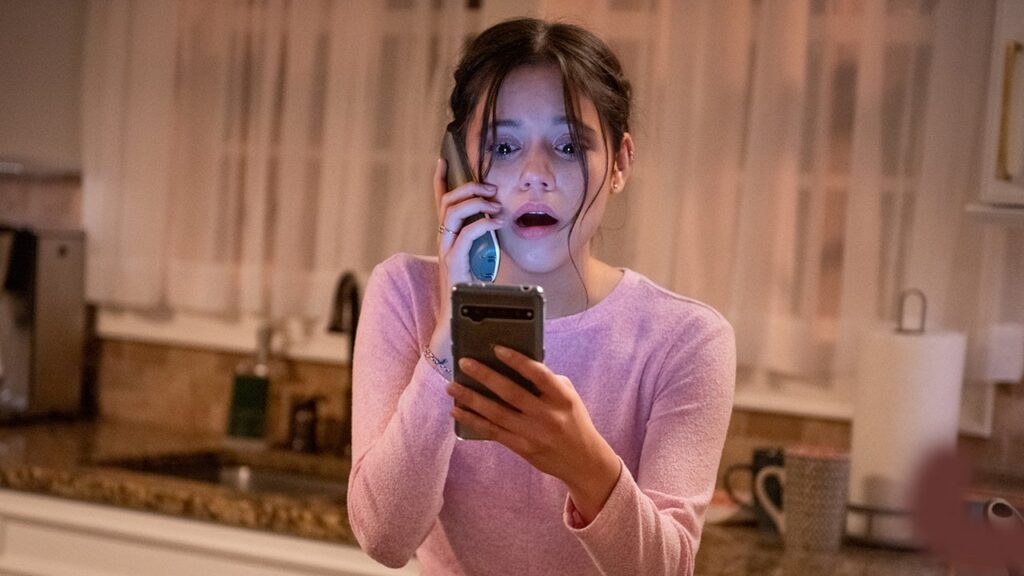
Scream 5 & 6 Is Radio Silence’s Brutal and Bloody Attitude Era
Put simply, Scream 5 and 6’s strong suit was not its characters. It was not its clever writing. The Radio Silence duology in the Scream series excelled in one thing: beating the hell out of its characters.
Wrestling fans (of which there is an unsurprising amount of crossover with horror fans) will know why I call it the Attitude Era. Just like WWE’s most infamous stretch of history, Radio Silence brought something especially aggressive to their entries. And it’s because these films were just brutal. Handing the reins to the series, Bettinelli-Olpin and Gillet gifted a special kineticism to the classic Scream chase sequences, insane finales, and especially its ruthless killers.
All five of the Ghostfaces present in 5 and 6 are the definition of nasty. They’re unrelenting, and in my humble opinion, the freakiest since the original duo of Stu Macher and Billy Loomis. Getting to hear all the air get sucked out of the room as Dewey is gutted like a fish in 5 was still an incredible moment to experience in theatres, and it’s something I don’t think would have happened if the films were any less mean and any less explosively violent.
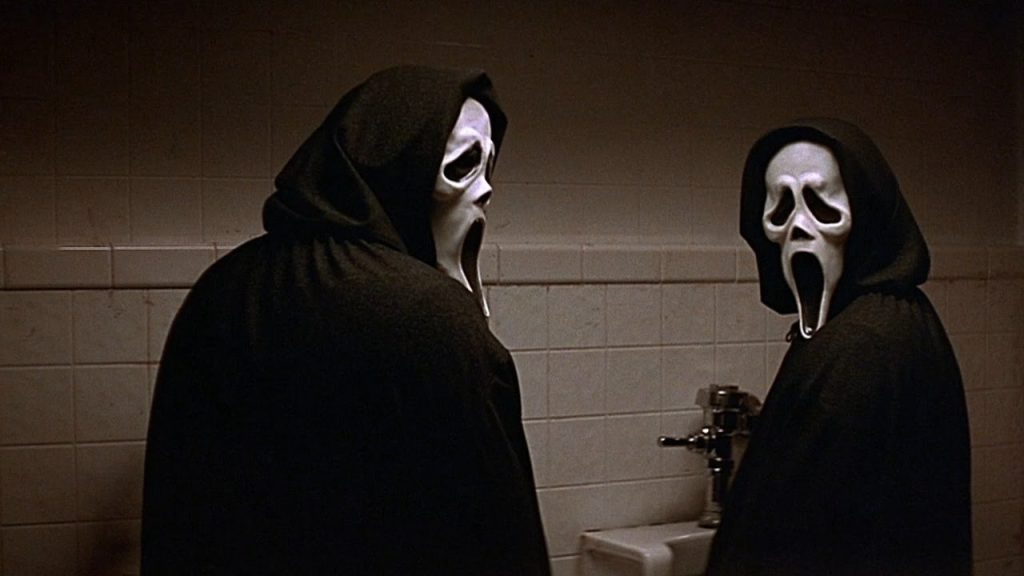
So, What Does Scream 2 Do Best Exactly?
So now, after looking at all these entries and all of their greatest qualities, what does Scream 2 have that none of the others do? What must I concede to Scream 2?
Really great character development.
Film is a medium of spectacle most of the time, and this is reflected in how we critique and compliment them. It affects how we look back on them, sometimes treating them more harshly than they deserve because they don’t have that visual flash. But for every ounce of spectacle Scream 2 lacks, I have to admit, it does an incredible job of developing Sidney Prescott as a character.
On a rare rewatch, it’s clear Neve Campbell is carrying the entirety of Scream 2 on her back just because of how compelling she makes Sidney. Watching her slowly fight against a tide of paranoia, fear, and distrust of the people around her once more, watching her be plunged back into the nightmare, is undeniably effective.
It’s also where Dewey and Gale are really cemented as a couple, and where the seeds of them always returning to each other are planted. Going from a mutual simmering disrespect to an affectionate couple to inseparable but awkward and in love is just classic; two people who complete each other in how different they are, but are inevitably pulled back and forth by those differences, their bond is one of the major highlights throughout the series.
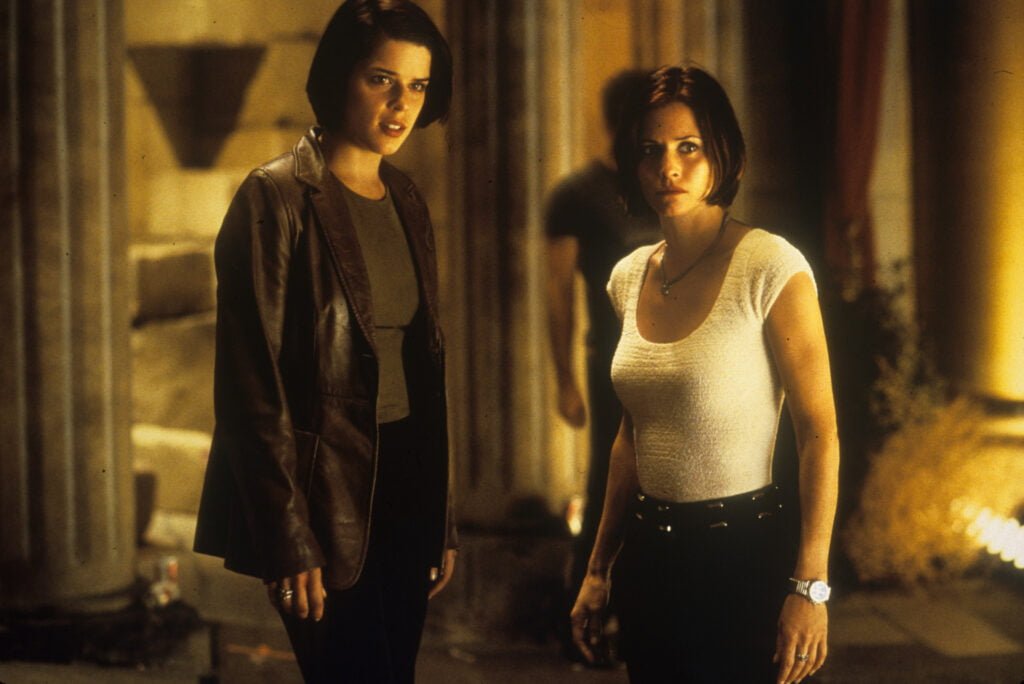
Maybe All the Scream Films Are Just Good?
These three characters are the heart of the series, long after they’ve been written out. I talk a big game about how Scream 3 is the perfect ending for the franchise, but I like to gloss over the fact that Scream 2 does a lot of the legwork when it comes to developing the characters of Dewey, Gale, and especially Sidney.
Without 2, 3 just isn’t that effective when it comes to giving Sidney her long deserved peace. Without 2, the way we see Sidney’s return in 4 & 5 doesn’t hit as hard. All of the Scream movies owe something to Scream 2 in the same way they owe something to the original Scream. I think I’ve come to a new point of view when it comes to the Scream franchise: maybe there is no bad entry. Maybe none of them have to be the worst. Each one interlinks with the others in their own unique way.
And even though I doubt I will ever really love Scream 2, it has an undeniable strength in its character writing that permeates throughout the whole franchise. And that at the very least keeps it from being the worst Scream film.
Editorials
The Halloween Franchise Peaked With H20 Here’s Why
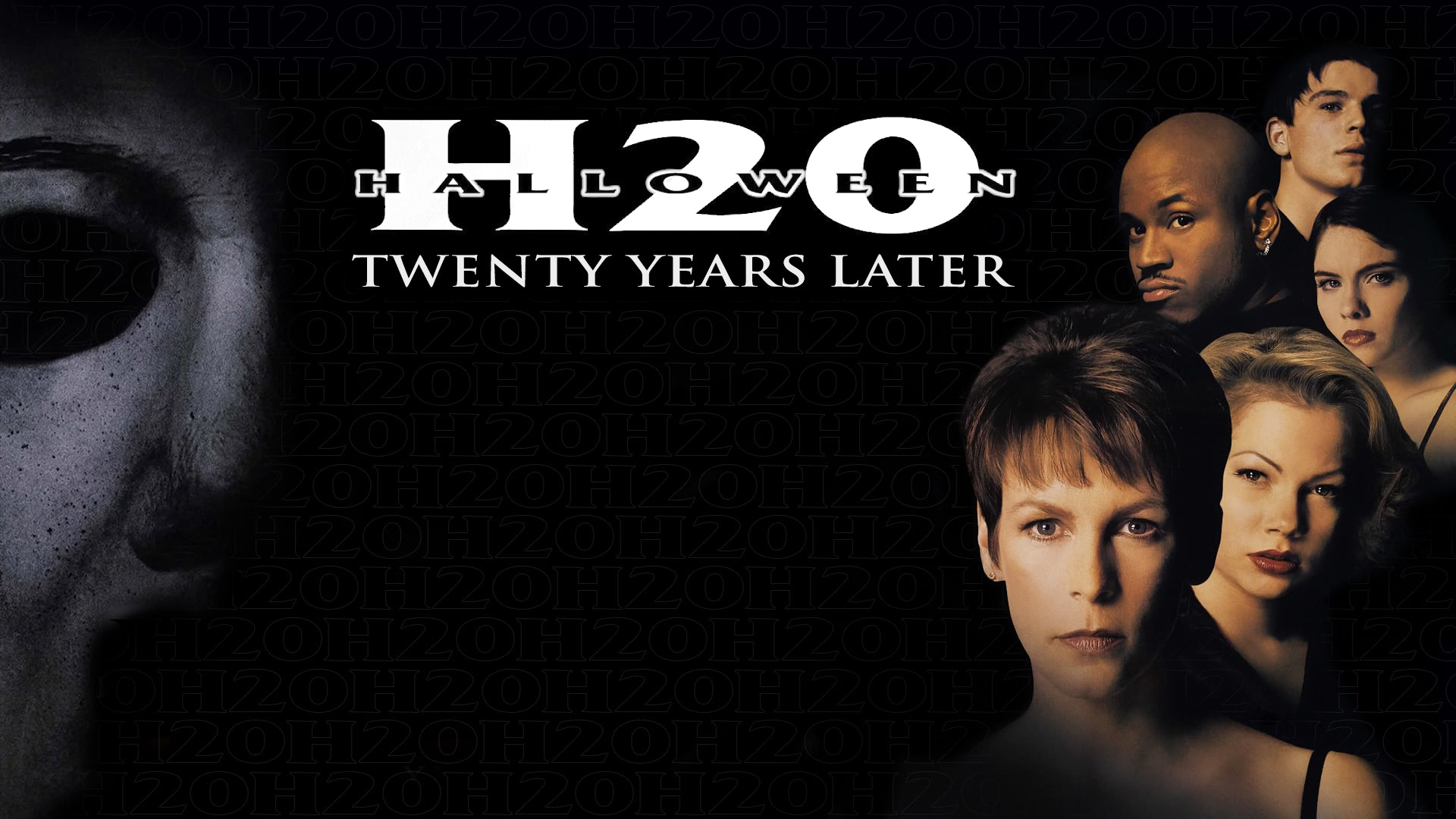
I’m going to begin this conversation with a sort of insane thought. Halloween as a franchise maybe should have ended with its first film.
That’s not to say there’s no value in the Halloween films. Much to the contrary, I like the first three films a lot. I recommend Halloween 3: Season of the Witch to people an annoying amount; I even try to watch it a few times every October to keep the vibes up. And as you already know from clicking on this article, I enjoy Halloween H20: 20 Years Later quite a bit.
I’ve even softened up on the Rob Zombie remake duology over the years. I don’t like them, but it’s like getting flowers, I can still appreciate them. However, Halloween, as a series, has long suffered from its own success. And sometimes, it feels like it’s just going to keep suffering.
HALLOWEEN’S FIRST BOLD CHOICE AFTER 16 YEARS OF WAITING
It’s easy to forget that John Carpenter’s original Halloween was effectively the Paranormal Activity of its time. Flipping a cool $70 million and change off of a $300,000 budget, it has had a genuinely immeasurable impact on the cinematic landscape and how horror films are made.
For some, that’s a bad thing. Notoriously, my beloved 3rd entry in the franchise was considered a hard misstep by audiences. Everyone knows the story; the resounding “Where’s Michael?” response to the third entry gunned down Carpenter’s desires to turn Halloween into an anthology series. So, after going into hiding for 5 years, Halloween 4 continued the story of Michael in 1988.
And then it just kept going.
As the years went on, it became progressively harder and harder to innovate, resulting in some very odd plotlines and tones. Which is why Halloween H20 is where the franchise peaked. Because it had a rare essence to it. It had guts.
It was willing to actually kill the series once and for all, even if it was impossible to do so.
EVIL DOESN’T DIE TONIGHT, THE CONTRACT SAYS SO
Before David Gordon Green’s reboot trilogy brought Laurie back as a Sarah Connor style badass, H20’s pre-production had reinvented Strode to usher in the 20th anniversary of the first film. She went from a resilient young woman into a traumatized survivor running from her past.
The original concept for Halloween H20 involved a substance abusing Laurie Strode trying to get clean so she could die with dignity against an escaped Michael. In a turn of events, she would find the will to live and kill him once and for all. It was a concept Jamie Lee Curtis was passionate about, understandably so. Laurie wasn’t the first final girl, but she was the codifier for that ideal, in a way Jess Bradford and Sally Hardesty before her weren’t. It would have made for a harrowing exploration of what was debatably the most important final girl ever.
That isn’t what happened.
There is an infamous video from a Q&A panel with Jamie Lee Curtis where she explains that the blame for Michael surviving H20 lies primarily with one man: the late great Moustapha Akkad. Akkad was famous for his business acumen, but that desire to see the Halloween franchise make bankroll had ultimately stolen away Laurie’s triumphant victory over Michael.
You see, Akkad had written a clause into the contracts surrounding the film. A clause that she could not, in no uncertain terms, kill Michael Myers. Michael would live, no matter what Laurie did. But thanks to the meddling mind of Scream creator Kevin Williamson, who had been brought on to work on the screenplay for H20, Laurie did get her vengeance in a way.
LAURIE STRODES RETURN DONE RIGHT
The actual H20 follows Laurie Strode in hiding years after Halloween 2, ignoring the events of the sequels. She’s the headmistress of a boarding school, living under a fake name far from Haddonfield with her son. But still, she can’t let go of that Halloween night. She sees Michael’s face, The Shape, everywhere. She can barely stomach talking about what happened. But when Michael kills Dr. Loomis, nurse Marion Chambers, and then finds her, Laurie is forced to face her greatest fear once and for all.
And she does. After a prolonged chase and fight on the grounds of the school, she refuses to let a wounded Michael be taken into custody. Stealing a cop’s gun and an ambulance, Laurie runs Michael off a cliff and pins him against a tree with the vehicle. She shares a brief moment with him, inscrutable eyes reflecting Michael’s. They could be expressing a number of possible emotions. Is it empathy? Hatred? Pity? Fear leaving her for the final time?
Regardless of what it is, she’s done feeling it. With a hefty swing, she decapitates him with a fire axe, ending Michael for the last time. It’s over.
Roll credits. Audience cheers. The world is healing.
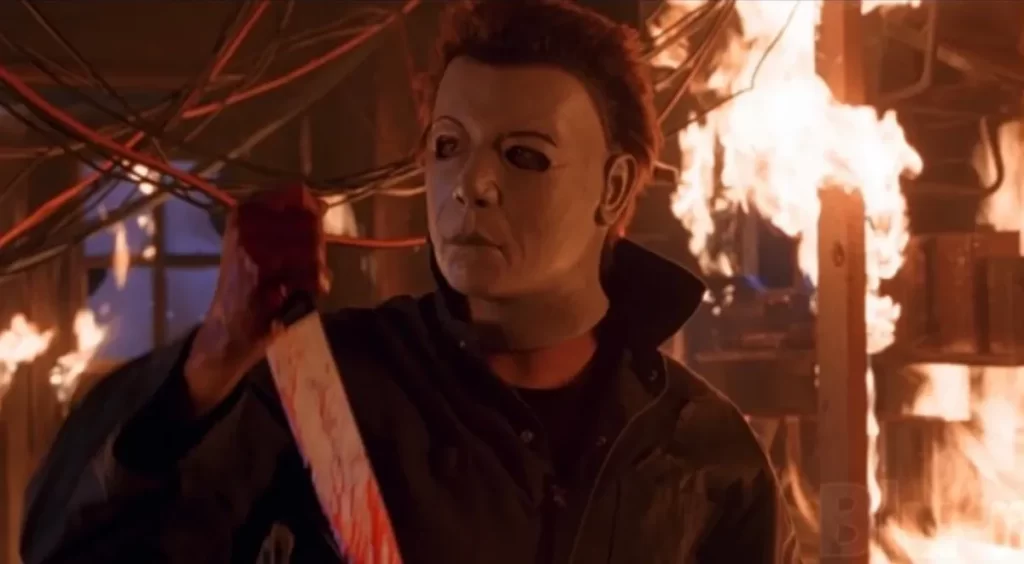
AND THEN HALLOWEEN: RESURRECTION HAPPENS
Yes, and then Halloween: Resurrection happens. Laurie is killed in the first few minutes, revealing that Michael pulled the old bamboozle switcheroonie in the previous film. She had actually just killed an ambulance driver that Michael had put the mask on. Williamson’s trick of making both Laurie and the audience believe they had killed Michael worked. But that same trick curled a finger on the monkey’s paw and led to what is definitively the worst film in the franchise.
A proto-internet streamer subplot. The kid from Smart House is there for some reason. Busta Rhymes hits Michael Myers with the Charlie Murphy front kick from that one Dave Chappelle sketch about Rick James.
Roll credits. The audience boos. Everyone who spent money on it feels like they’re being stamped to death by horses.
HALLOWEEN AS A FRANCHISE IS TERRIFIED OF ENDINGS
And this is why I say that Halloween H20 is probably the best we’re going to get out of the series, maybe ever. It is a series that, at its core, has had producers terrified of endings since even Halloween 2. Carpenter never intended there to be a sequel, or any follow ups for that matter. That was mostly the work of producer Irwin Yablans, who pushed hard to continue the story of Michael. And then, eventually, it was the work of every other producer who demanded they milk Halloween for all its worth.
H20 is a film that is antithetical to that idea. When watched as intended, ignoring Resurrection, it’s fantastic. As the end of Laurie and Michael’s story, one that shows evil is weak without fear to bolster it, it is pretty much the perfect finale. Hot off the heels of Scream’s success in 1996, H20 is often talked about as an attempt to cash in on the meta-horror craze of the 90s and early 2000s. The way people discuss it, you would think it was supposed to be a tongue-in-cheek slasher that made fun of itself and Halloween’s legacy. But in reality, aside from its humor, it ends up being quite reflective and thoughtful of that legacy.
It’s not spiteful of the films that came before it because it ends by tricking the audience. It’s what that trick represents, boldly spitting in the eye of Halloween being held prisoner for money. Mocking Halloween being stuck in an eternal cycle of rinsing and repeating the same events. It doesn’t care about franchising or longevity; it cares about telling a good story and letting its hero rest. It’s respectful to Carpenter’s creation in a way that other attempts to continue the series simply weren’t.
H20 TELLS AN ENDING, HALLOWEEN ENDS TRIES TO SELL YOU ONE
It begs the question: why does H20 work here in how it ends the series, but Halloween Ends doesn’t?
All of Ends biggest issues stem from the fact that, unlike H20, it’s trying to sell you an ending instead of making one that feels right. The maudlin closer it gives doesn’t feel real. It doesn’t feel true to the Laurie it shows us, or any other iteration of the character for that matter. It doesn’t feel genuinely emotional in any regard.
And that’s because Ends as a whole doesn’t have the spirit that H20 does. Ends is, first and foremost, a highlight reel reminding you of how cool Halloween is instead of understanding why any of its previous entries were effective. From its marketing to its incredibly clunky climax, it feels like it’s an advertisement for never letting go of Halloween, even when it should have been done a while ago. And that’s just the wrong lesson to leave on.
JANET LEIGH’S CAMEO IN H20 SPEAKS VOLUMES
Halloween H20 has a pretty famous cameo from Janet Leigh in it, an OG scream queen and the real-life mother of Jamie Lee Curtis. In it, they have a heart-to-heart as fictional characters Laurie Strode and Norma Watson. It’s made more impactful when you realize it was Leigh’s penultimate film performance, and her final performance in a horror film.
The moment serves as a cute in-joke on their real-life relationship, but more than that, it foreshadows the film’s ending. Norma urges Laurie to move past her fear, to relish her future as a survivor instead of being caught up in the past and reliving the same night over and over again.
I find this scene even more poignant now, seeing how neatly it reflects on what has happened to Halloween as a franchise in the years since the original, and especially since H20. It’s a series that got stuck in trying to continue the same story and just got progressively worse at it. In some way, it feels like it’s urging us to make a choice. No matter how deep a legacy of fear may be, it must come to an end at some point. There is no need to cling to the same stories over and over. We can enjoy them for what they are without returning to them.
No matter what the future of the Halloween franchise is, only a viewer themselves can choose where the story ends. It doesn’t matter how many times the studio brings him back, you have to make the choice. Only you decide when it ends. And for my money, H20 is the best ending you can ask for.























